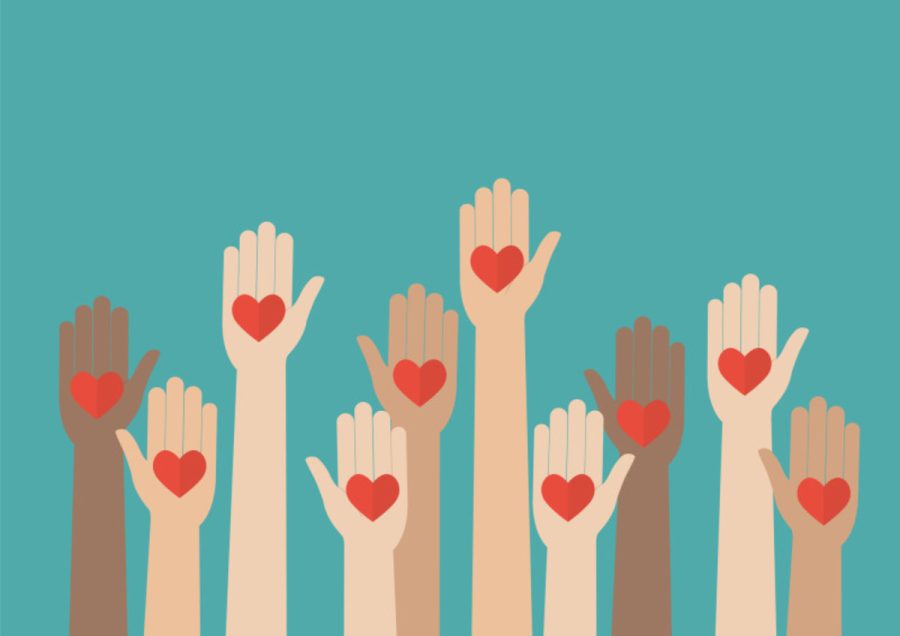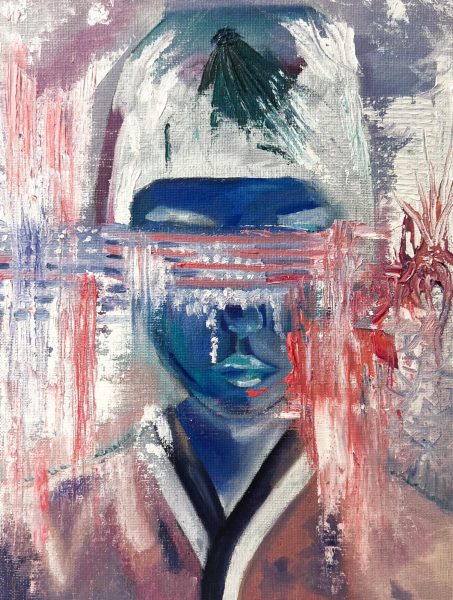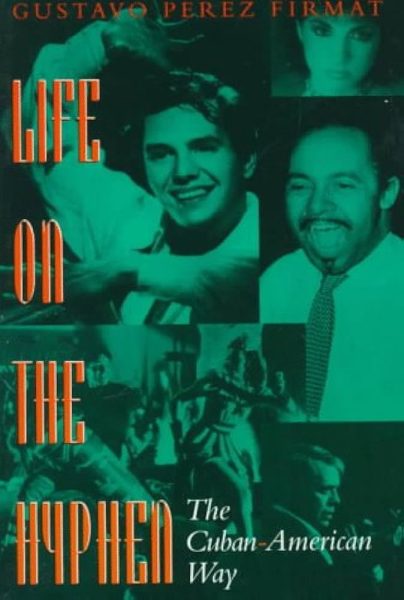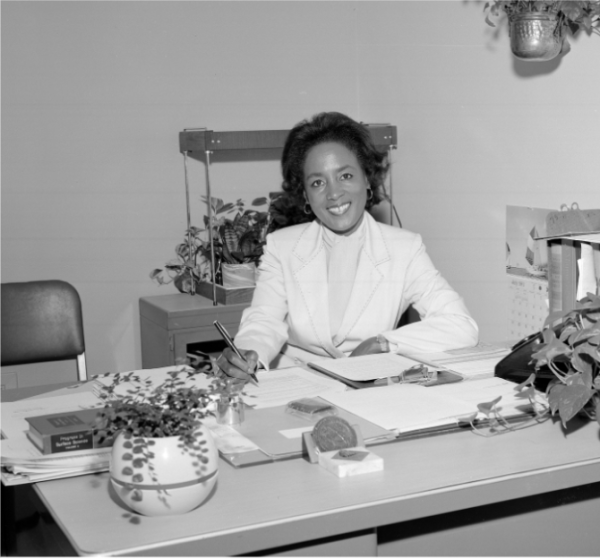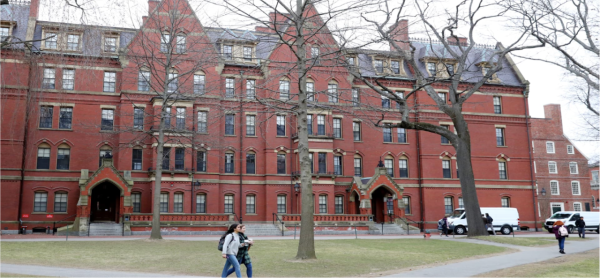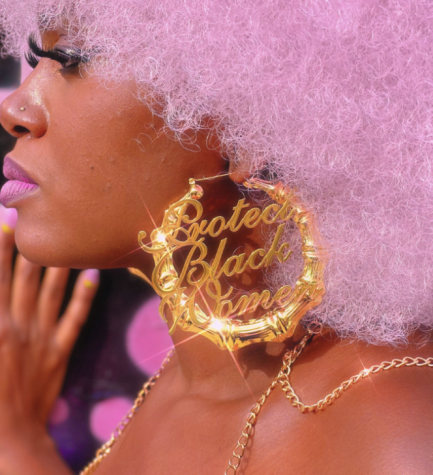Diversity: Expanding Beyond Race & A Case for Affinity
March 17, 2023
Hello,
My name is Zoe Anaya, I am sixteen years old, I live in Los Angeles, California, I am Asian and Hispanic, and my favorite song at the moment is “Capital Karma” by Manchester Orchestra.
The biggest potential misconception about diversity is that it primarily brings to mind an obvious list of identifiers: race, ethnicity or religion. While working on diversity initiatives at school, my key gripe is that identity is so much more than just race and ethnicity. Our identities are complex; in fact, they can change daily. Some components do not change, like race and ethnicity; however, sexual orientation, gender identity, and physical and mental abilities might change overtime. Again, although these are common ways to identify oneself, identity relies heavily on personal beliefs. Thus, diversity categorizes more than a variety of racial and ethnic attributes as it also fosters a collection of different ideas and opinions.
Part of my identity is that I love music. Everyday, I have the privilege to return home to my bedroom where I have created a space similar to that of a music studio. And while I work on homework or projects, I listen to an eclectic range of music. I love music so much, it has become a part of me just like the songs I listen to, influencing the way I think and my understanding of the worlds from which the artists are both from and inspired by. I believe it has shaped me.
On campus, you will catch students talking about their favorite artists or songs while also finding that they have many of the same interests. Not only does this type of banter occur regularly in the courtyards, Marymount also has created spaces for these conversations.
For the past few years, affinity groups and alliances have become super popular among students whether they even realize it or not. These groupings allow students to interact with one another, creating a unifying bond. The purpose is not only to find common ground but to allow the students to find a sense of belonging through common interests outside of class, sports, race, ethnicity and religion. Perhaps these affinity groups are aligned with other organizations on campus such as the book club which is designed for students who love reading and discussing books. Likewise, the Conservatory Arts Program is open to students who share a common interest in dancing, acting, and music. In each group, students share an affinity for that specific area of interest, and while the groups are made for people to spend time with people with the same passions, each person has a different story to tell, a different identity. No one person is the same. Diversity is all around us, so instead of thinking about affinity in strict terms, as if it was something new or something ‘woke,’ we need to acknowledge it as an outlet for building community and ultimately empathy.



